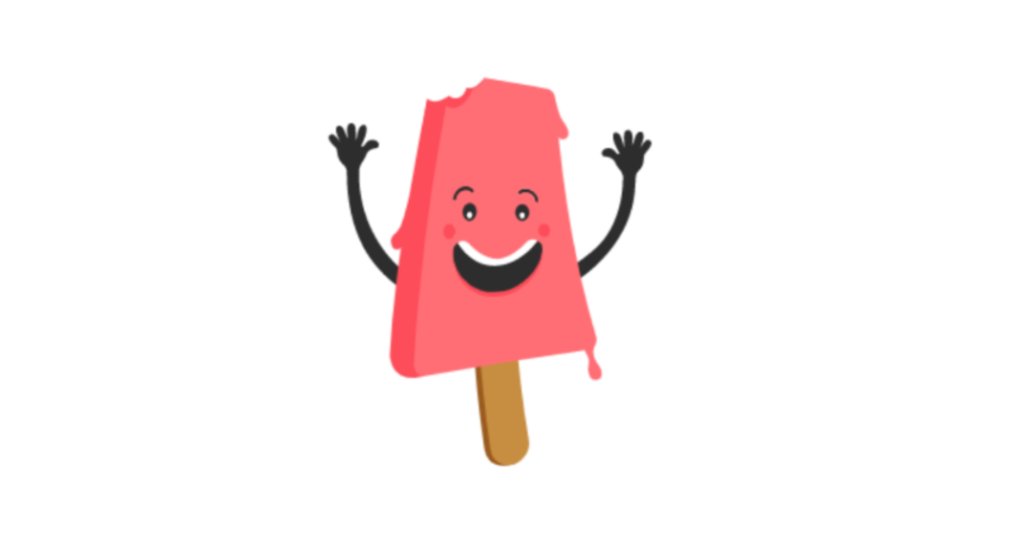Slack is an excellent communication feature for remote companies. It offers instant messaging on various threads that you and your team build together. Also, team members can direct messages to each other for instant, private communication. This tool helps remote employees connect and collaborate with ease.
However, there are other unique features built into Slack that make it popular with remote teams, including icebreaker games. Slack’s ‘Icebreaker Time’ app instantly populates message threads with a fun, engaging question that helps get the conversation flowing. Here’s why remote teams–and especially remote team managers–love this Slack add-on.
Invite Participation
Icebreakers get their name from their ability to break the cold, distant silence between strangers. Blame it on shyness, professionalism, or disinterest, but remote teammates often have little to say to one another. Icebreakers invite all users to speak up, introduce themselves, and answer fun questions. Once team employees take this first step of contributing to Slack, they’ll be more likely to speak freely in the future.
Encouraging participation is a must when working remotely. Remote teams have far less access to one another than those who work in a communal office setting. Therefore, you have to work harder to introduce employees to one another. Slack is useful here, but only once employees feel comfortable using the app.
When employees can speak freely, they can collaborate, address concerns, resolve conflicts, and share tasks more easily. However, you as the team leader have to take the first step toward participation: starting with a fun and rewarding game.
Get to Know Each Other
Remote teammates can feel like a vague idea of a person, more like an icon on a screen than a real person. Icebreaker Time bridges that gap. The best icebreaker questions, like, “What’s the weirdest food you’ve ever eaten?” or “How do you spend a day off?” have unique, interesting answers. Unlike yes-or-no questions, icebreaker questions provide a little bit of memorable information about team members.
They also encourage team members to learn about whom they work with. This builds trust, increases the likelihood of future collaboration, and gives remote employees the feeling of a strong team dynamic. Coworkers, especially remote coworkers, may not have natural methods of getting to know one another; thankfully, Slack’s Icebreaker Time feature can help build these connections.
Reduce Stress
Team members are more likely to engage with Slack when they know it includes a fun, entertaining feature like Icebreaker Time. That virtual feature creates a “break room” vibe, in which coworkers can gather to take their minds off work for a few minutes. Team building icebreakers make break time a group function, not just a lonely affair. Ask questions, answer questions, and discuss each other’s answers, all without leaving your desk.
There are two benefits to reducing stress with Icebreaker Time. First, employees can alleviate the stress that can lead to early exhaustion. It also reduces frustration and stress-related conflicts; for example, if employees use harsh words with one another. De-stressing helps ensure a peaceful and collaborative working environment.
The other benefit of reducing stress on Slack is that team members will associate one another with relief and calm. When employees can go to one another for support during the workday, they’ll bond and build trust. Teams with such a strong working dynamic are more successful.
Improve Team Engagement
Studies have shown that when employees get to know one another, they all become more engaged with their work. This is one of the chief challenges of working 100% remotely: work feels like a solo activity, not a collaborative process. Fortunately, team building activities like Icebreaker Time help connect people who would be otherwise distant and disengaged. Forbes reported* that when employees feel engaged with their work and coworkers, they’re more willing to invest more “time, talent, and energy” into their job roles.
Here’s how that benefits you: when your employees work harder and devote their best efforts, they not only do superior work, they’re more likely to have a positive impact on clients. Clients will sense that a team feels engaged and highly collaborative, and will likely return for future products or services. They may even refer you to other clients.
How It Works
Icebreaker Time is easy. First, you need to install Slack on your computer or mobile device. After that, you’ll need to install the ‘Icebreaker Time’ app from Slack’s App Directory.
Once the app is installed, all you need to do is type “/icebreaker” into a text box and submit it. This will trigger a Slash Command, or a feature built into Slack that you can summon at any time, provided you use the proper slash format. Once you submit “/icebreaker”, Slack will display a random question for your team to answer from a database of over 1,000. Watch as your team fills in answers and converses freely.
While you can trigger Icebreaker Time into any conversation or message thread, it’s ideally used in a devoted Icebreaker channel. As productive as icebreakers are for team building and employee engagement, it may be unwelcome in a more serious, client-focused thread. Thankfully, Slack makes it easy to categorize chats into different threads.
Slack enables users to create new channels, invite specific users, and then name the channel after a certain topic or team name. All you have to do is grant them access to the service! Create an #IceBreaker or #TeamChat channel and invite your whole team to go wild with casual chatter, icebreakers, and more.
Of course, Slack allows all manner of communication, so employees may start to use Icebreaker Time channels for other purposes. They may suggest other games to play together and even plan team building events outside of working hours. If you’re looking for a service where team members can bond even more, try TriviaHub.
Find More Fun Team Building on TriviaHub
Icebreakers are excellent team building games that induce free-flowing conversation, open communication, creativity, and bonding. If you want to try more team building solutions for your remote company –virtual tools that bridge geographical separation– try out TriviaHub today.



